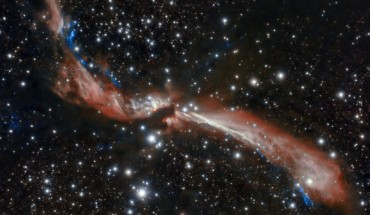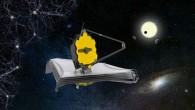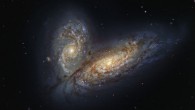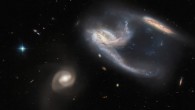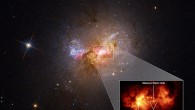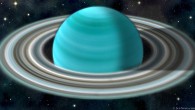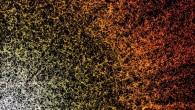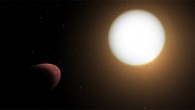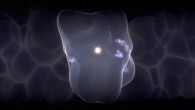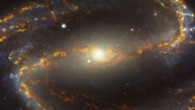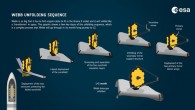Using the Gemini Multi-conjugate Adaptive Optics System (GeMS) and the Gemini South Adaptive Optics Imager (GSAOI) on the 8.1-m Gemini South telescope on Cerro Pachón on the edge of the Chilean Andes, astronomers have captured images of two wiggling stellar jets: MHO 2147 and MHO 1502. The sinuous young stellar jet, MHO 2147, meanders lazily across a field of stars in this image captured by the Gemini South telescope. Image credit: International...

